Title: Demystifying Mineral Crystals: Understanding Purchase Price and Sales in Trade and Export Introduction: Mineral crystals have long fascinated collectors and enthusiasts due to their unique beauty and metaphysical properties. As this market continues to grow, it is essential for businesses involved in the trade and export of mineral crystals to understand the factors influencing purchase prices and sales. In this article, we will explore the key elements that drive pricing in this industry and shed light on the dynamics of sales in the global trade and export of mineral crystals. Factors Influencing Purchase Prices: 1. Rarity and Demand: One of the primary factors influencing the purchase price of mineral crystals is their rarity. Crystals that are rare and hard to find command higher prices due to their scarcity.
minerals
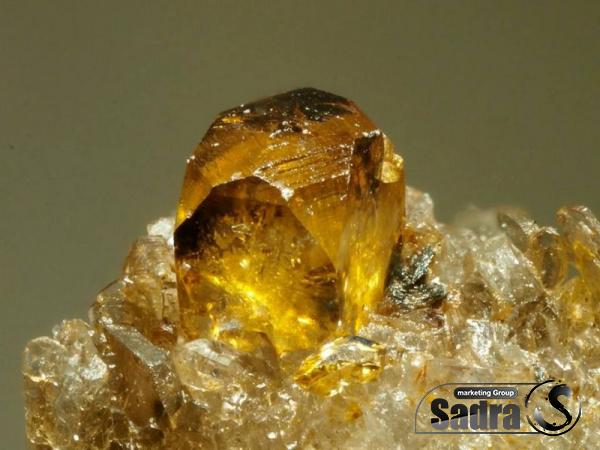 Additionally, the demand for specific types of crystals can also influence their purchase price. Trends within the metaphysical community and popular culture can significantly impact the market value of certain crystals. 2. Quality and Aesthetic Appeal: The quality and aesthetic appeal of mineral crystals play a crucial role in determining their purchase price. Crystals with vibrant colors, unique formations, and excellent clarity are highly coveted by collectors and enthusiasts. Higher quality specimens generally command higher prices, as they are considered to be more visually appealing and desirable. 3. Size and Weight: The size and weight of mineral crystals also contribute to their purchase price. Larger, more substantial specimens are often valued higher due to the increased visual impact they can create. However, it’s important to note that size alone does not determine the value of a crystal. Other factors such as rarity, quality, and formations also need to be considered in conjunction with size.
Additionally, the demand for specific types of crystals can also influence their purchase price. Trends within the metaphysical community and popular culture can significantly impact the market value of certain crystals. 2. Quality and Aesthetic Appeal: The quality and aesthetic appeal of mineral crystals play a crucial role in determining their purchase price. Crystals with vibrant colors, unique formations, and excellent clarity are highly coveted by collectors and enthusiasts. Higher quality specimens generally command higher prices, as they are considered to be more visually appealing and desirable. 3. Size and Weight: The size and weight of mineral crystals also contribute to their purchase price. Larger, more substantial specimens are often valued higher due to the increased visual impact they can create. However, it’s important to note that size alone does not determine the value of a crystal. Other factors such as rarity, quality, and formations also need to be considered in conjunction with size.
Specifications of minerals
 Sales Dynamics in Trade and Export: 1. Establishing Networks and Relationships: In the mineral crystal trade and export business, building strong networks and relationships with suppliers and buyers is crucial. Attending trade shows, joining industry associations, and participating in online communities can help establish connections with potential partners and customers. These relationships provide opportunities for sales and facilitate the exchange of information on market trends and pricing. 2. Market Research and Competitive Pricing: Conducting thorough market research is essential to understand the demand, supply, and prevailing prices for mineral crystals in different regions. It is important to evaluate the competition and set competitive pricing strategies to attract customers. However, simply undercutting prices to gain market share may not be sustainable in the long run. Striking a balance between the quality of crystals and pricing is crucial to ensure customer satisfaction and profitability. 3. Export Regulations and Documentation: Mineral crystals may be subject to export regulations and require specific documentation for international trade.
Sales Dynamics in Trade and Export: 1. Establishing Networks and Relationships: In the mineral crystal trade and export business, building strong networks and relationships with suppliers and buyers is crucial. Attending trade shows, joining industry associations, and participating in online communities can help establish connections with potential partners and customers. These relationships provide opportunities for sales and facilitate the exchange of information on market trends and pricing. 2. Market Research and Competitive Pricing: Conducting thorough market research is essential to understand the demand, supply, and prevailing prices for mineral crystals in different regions. It is important to evaluate the competition and set competitive pricing strategies to attract customers. However, simply undercutting prices to gain market share may not be sustainable in the long run. Striking a balance between the quality of crystals and pricing is crucial to ensure customer satisfaction and profitability. 3. Export Regulations and Documentation: Mineral crystals may be subject to export regulations and require specific documentation for international trade.
buy minerals
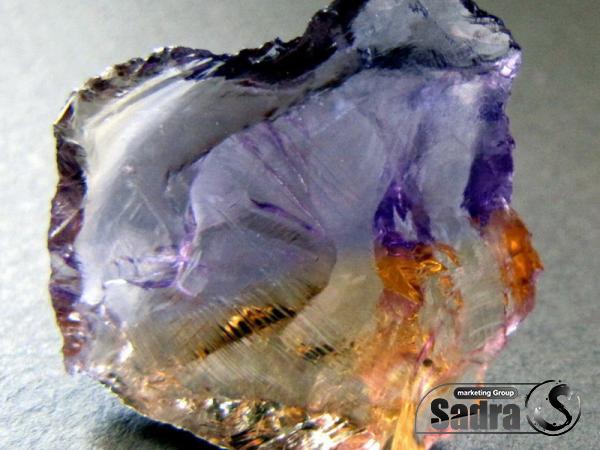 Familiarize yourself with the legal requirements and compliance procedures related to the export of mineral crystals within your jurisdiction and the markets you wish to target. Ensuring that all export procedures are followed appropriately will help prevent delays and potential legal issues. Conclusion: Understanding the factors influencing purchase prices and sales dynamics in the trade and export of mineral crystals is crucial for businesses looking to succeed in this industry. By considering the rarity, quality, size, demand, and aesthetics of mineral crystals, businesses can set competitive purchase prices. Moreover, establishing robust networks, conducting market research, and complying with export regulations will help facilitate successful sales in the global mineral crystal market. As with any market, staying abreast of industry trends and continuously adapting to changing customer preferences will enable businesses to thrive in this evolving trade and export landscape.
Familiarize yourself with the legal requirements and compliance procedures related to the export of mineral crystals within your jurisdiction and the markets you wish to target. Ensuring that all export procedures are followed appropriately will help prevent delays and potential legal issues. Conclusion: Understanding the factors influencing purchase prices and sales dynamics in the trade and export of mineral crystals is crucial for businesses looking to succeed in this industry. By considering the rarity, quality, size, demand, and aesthetics of mineral crystals, businesses can set competitive purchase prices. Moreover, establishing robust networks, conducting market research, and complying with export regulations will help facilitate successful sales in the global mineral crystal market. As with any market, staying abreast of industry trends and continuously adapting to changing customer preferences will enable businesses to thrive in this evolving trade and export landscape.
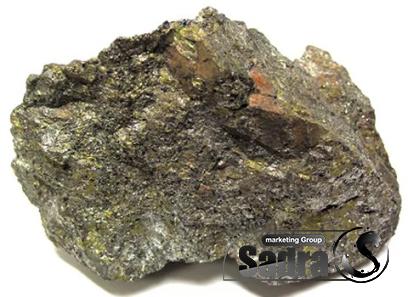
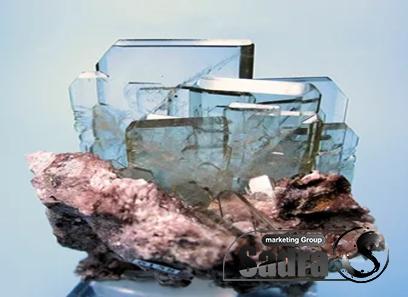
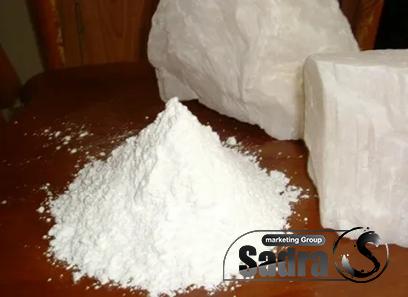
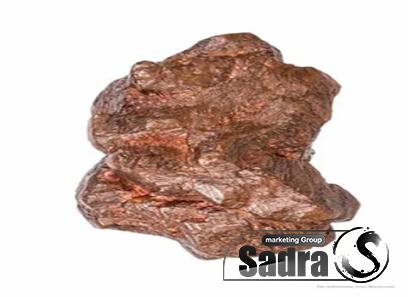
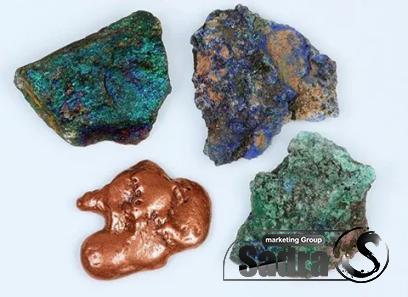

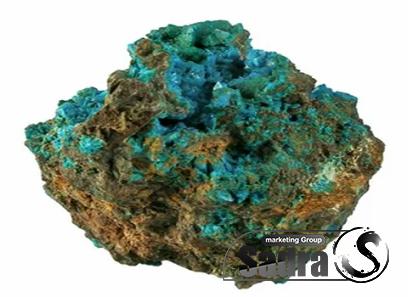
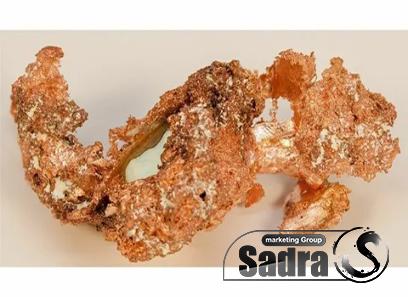
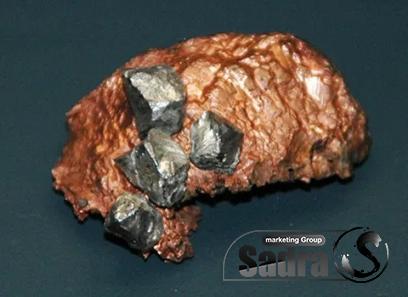
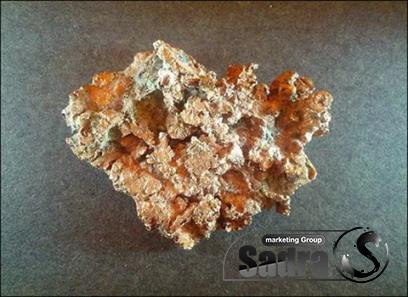
Your comment submitted.